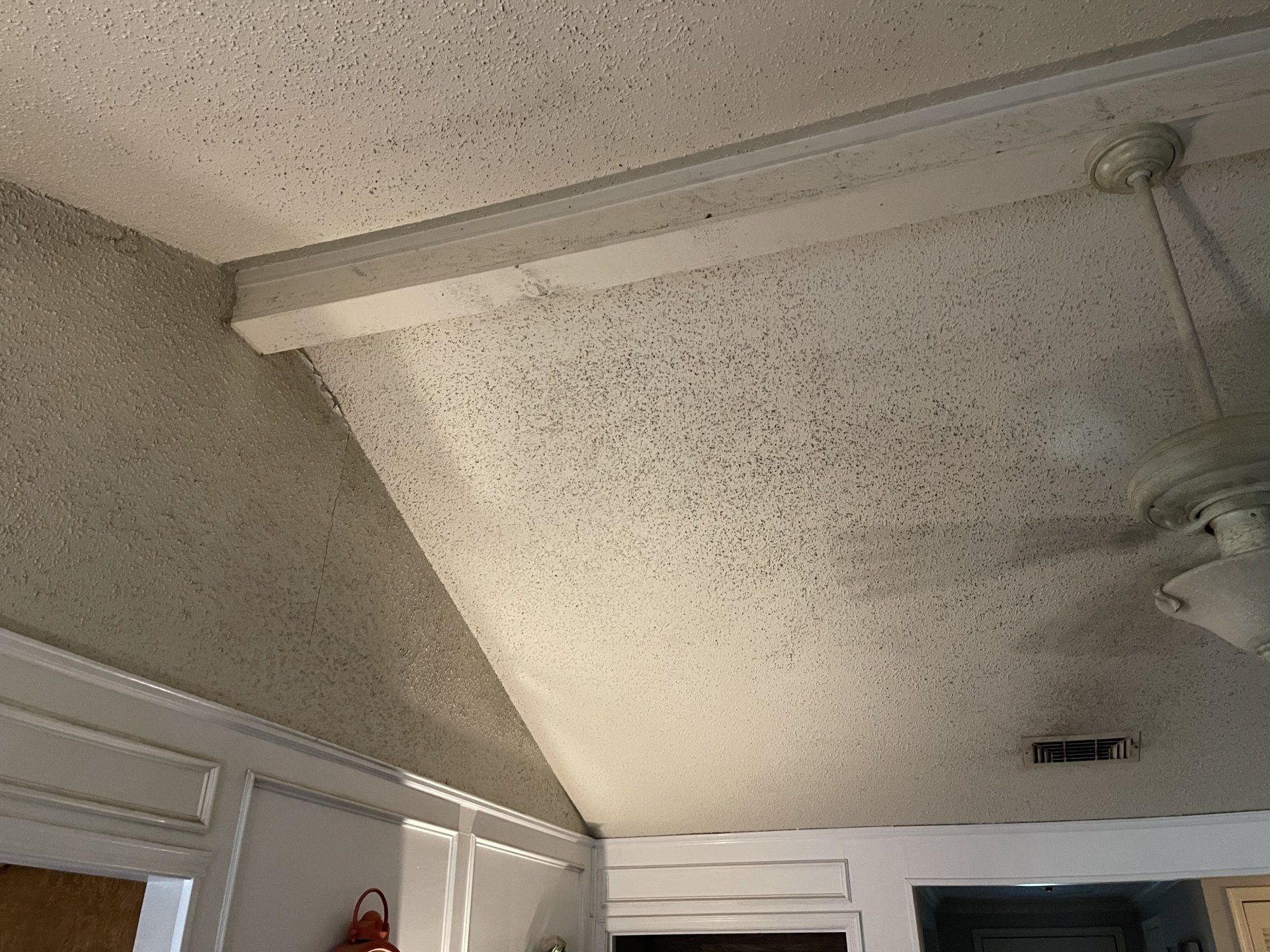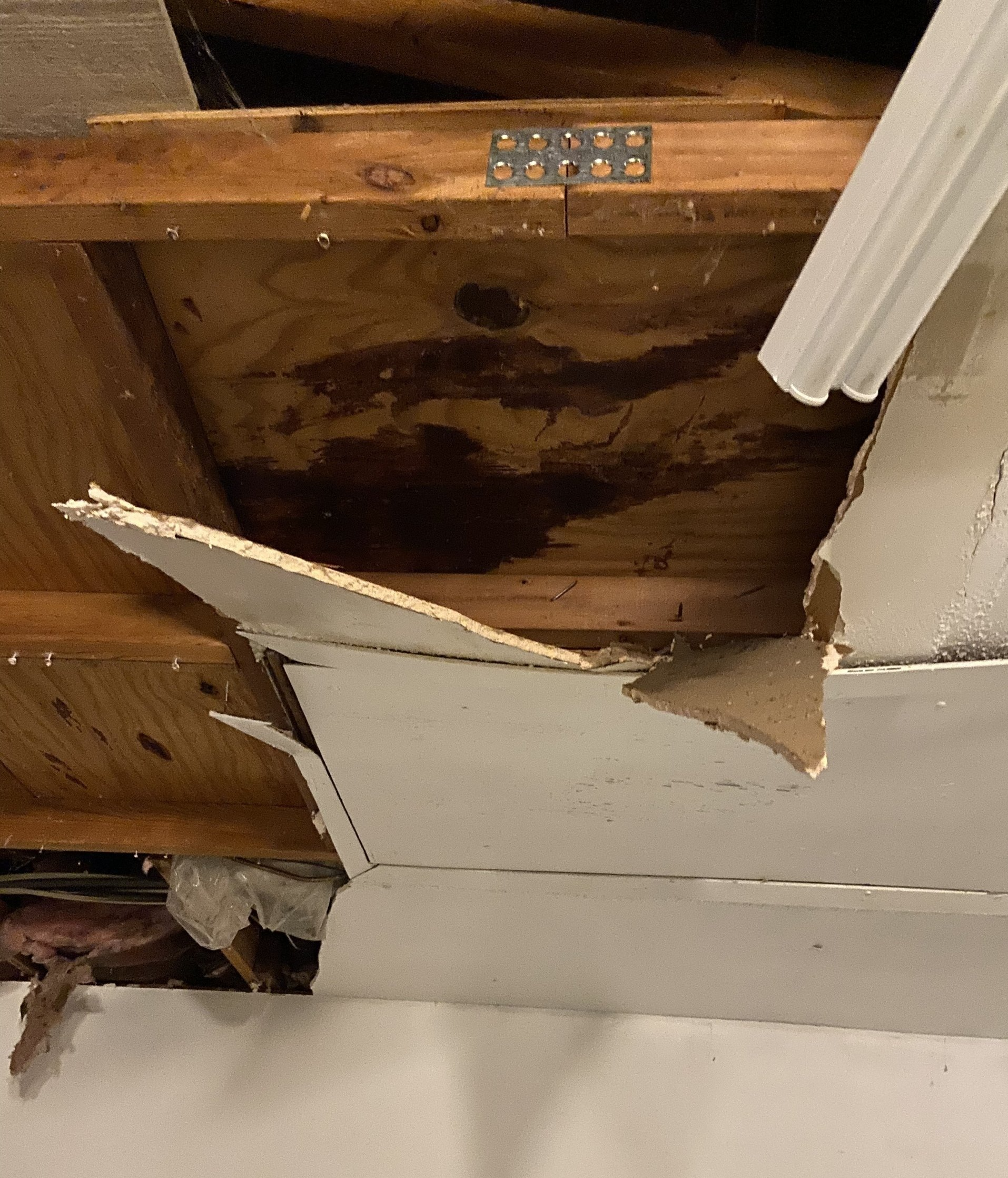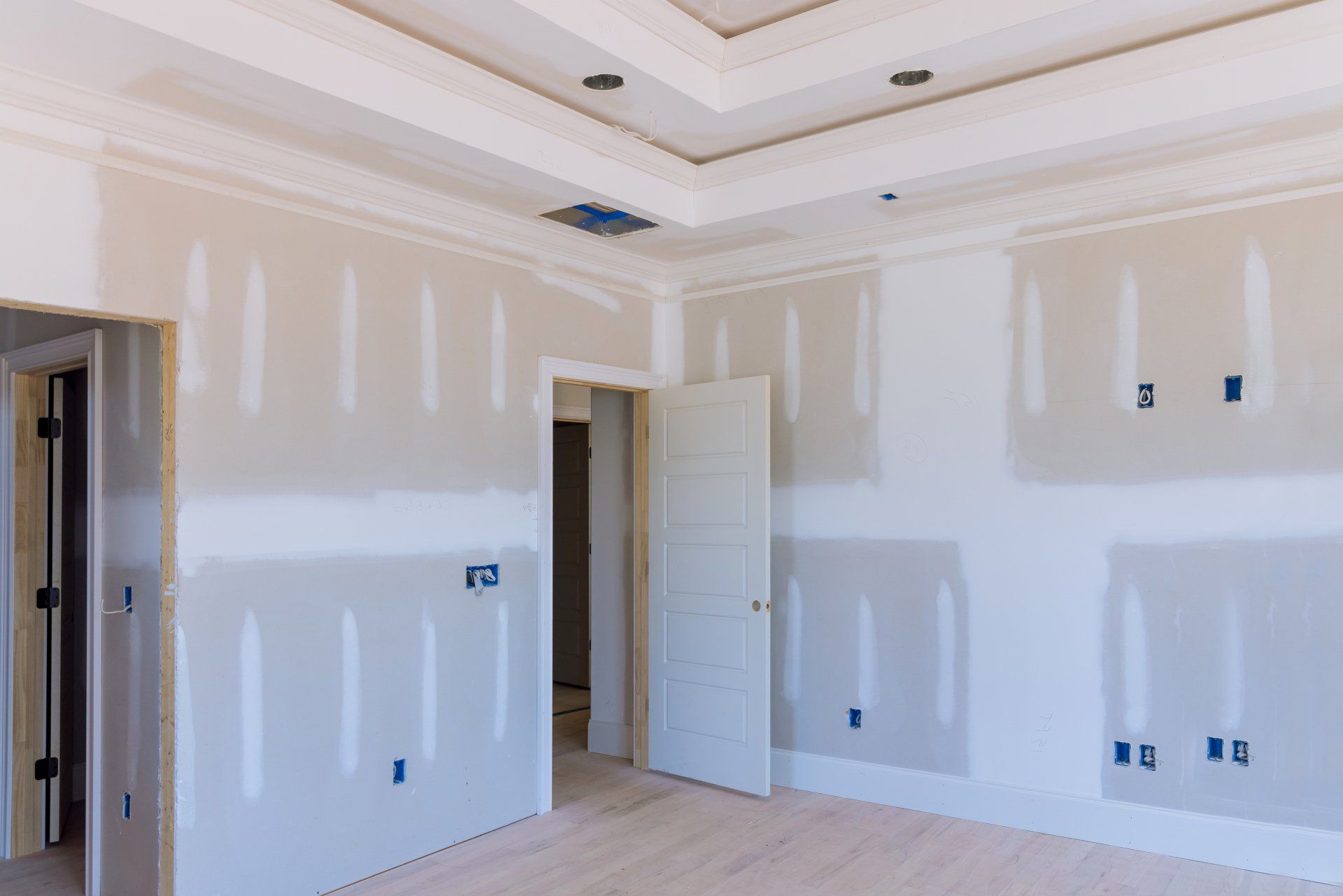Slash Your Energy Bills: Expert Tips on Home Insulation
Maximize Comfort and Efficiency: A Comprehensive Guide to Choosing and Installing the Right Home Insulation
In the quest for a more energy-efficient home, insulation emerges as a hero. It’s an unseen force that keeps your living space warm in winter and cool in summer, significantly slashing your energy bills. With numerous options available, from foam insulation to fiberglass, understanding what works best for your home is crucial. This guide dives into the world of home insulation, offering expert advice to help you make informed decisions.

Understanding the Basics: What is Home Insulation?
Home insulation involves creating a barrier within the walls, floors, and ceilings of your home to prevent heat transfer. This process ensures that the warm air stays inside during the winter and outside during the summer, leading to less reliance on heating and cooling systems. The most common materials include spray foam, fiberglass insulation, board insulation, and rigid foam insulation. Each type has its unique properties and applications, making it vital to choose the right one for your home.
Types of Insulation
Foam Insulation: A Popular Choice
Foam insulation, especially spray foam, is a popular choice among homeowners. It provides excellent thermal resistance and air sealing. Spray foam insulation expands to fill cavities, offering a comprehensive solution. There are two types of spray foam: open-cell and closed-cell, each with different characteristics and price points.
Fiberglass Insulation: The Traditional Option
Fiberglass insulation, made from fine glass fibers, is a common and affordable option. It's available in rolls or batts, making it easy to install in various spaces. However, it requires careful handling due to the tiny glass particles.
Board Insulation: Effective and Versatile
Board insulation, often made of rigid foam, offers a high insulation value with relatively thin material. It's ideal for areas with limited space and can be used in walls, roofs, and floors.
Blown-In Insulation: Filling the Gaps
Blown-in insulation, commonly referred to as "blowin insulation," involves blowing or spreading insulation materials into wall cavities, attics, or floors. It's perfect for adding insulation to existing homes without much disturbance.
Key Considerations for Choosing Insulation
When selecting insulation, consider factors like R-value (thermal resistance), installation process, and cost. The R-value indicates how well the material can resist heat flow, with higher values offering better insulation. Also, consider the specific needs of different areas in your home. For instance, insulation for the wall might differ from what’s needed in the attic.
Finding the Right Insulation Contractor
Choosing a reliable insulation contractor is as important as selecting the right insulation. Look for experienced house insulation contractors who can assess your home’s needs and suggest the best options. In areas like Dallas, specific options like 'spray foam insulation Dallas' or 'insulation Dallas' services cater to local climate conditions.
DIY or Professional Installation?
While some homeowners opt for DIY insulation projects, professional installation guarantees better efficiency and safety, especially for complex options like spray foam insulation. Home insulation services provide expert installation, ensuring that your home is insulated correctly.
Insulation and Energy Efficiency
Proper insulation not only enhances comfort but also plays a significant role in reducing energy bills. By maintaining a consistent temperature, your heating and cooling systems don't have to work as hard, leading to lower energy consumption.
Additional Insulation Tips
- Drywall Insulation: Adding insulation behind drywall can significantly improve a room's thermal efficiency.
- Insulation Upgrades: Consider upgrading your insulation if your house is older, as modern materials offer better performance.
- Insulation Maintenance: Regularly check and maintain your insulation to ensure it continues to perform effectively.
Regional Considerations in Insulation
The effectiveness of insulation is not just about the material; it's also about understanding your local climate. For instance, the needs for insulation in Dallas will be different from those in colder northern regions. In warmer climates, such as in Dallas, TX, spray foam insulation is particularly beneficial due to its superior air sealing properties, which keep the hot air out and the cool air in. On the other hand, colder regions might benefit more from thicker, denser materials like fiberglass or rigid foam insulation.
Environmental Impact and Sustainability
Today, more homeowners are considering the environmental impact of their insulation choices. Eco-friendly options, such as insulation made from recycled materials or those with low volatile organic compound (VOC) emissions, are increasingly popular. These choices not only contribute to a healthier environment but can also improve indoor air quality.
Soundproofing and Insulation
Insulation isn’t just about temperature control; it also plays a significant role in soundproofing. Materials like spray foam and dense board insulation can effectively reduce noise transfer between rooms and from the outside. This aspect is particularly important in urban areas or for homes near busy streets.
The Future of Insulation Technology
The insulation industry is continuously evolving, with new technologies and materials emerging. Innovations like aerogel insulation or vacuum-insulated panels, though currently expensive, promise higher efficiency in thinner layers. Staying informed about these advancements can offer long-term benefits, especially for new construction or major renovations.
Combining Insulation with Other Energy-Saving Measures
To maximize energy efficiency, consider pairing insulation with other home improvements. This can include installing energy-efficient windows, sealing leaks and drafts, or using programmable thermostats. Together, these measures can lead to significant reductions in energy consumption and costs.
Navigating Insulation Regulations and Incentives
Be aware of local building codes and regulations regarding insulation, as these can vary significantly. Additionally, some regions offer incentives or rebates for installing energy-efficient insulation, which can help offset the initial costs.
Insulation Maintenance and Upkeep
While insulation typically requires minimal maintenance, regular checks can prevent issues like moisture buildup, pest infestations, or mold growth. Especially in cases of foam insulation or spray insulation, professional inspections can ensure that the insulation continues to perform at its peak.
Final Thoughts
Choosing the right insulation for your home is a balance of understanding your specific needs, the local climate, and the available options. Whether it's spray foam insulation in Dallas, TX, or board insulation in cooler climates, each choice has its benefits and considerations. By partnering with a knowledgeable insulation contractor and staying informed about new developments and technologies, homeowners can ensure they make the best decisions for their homes, wallets, and the environment.
In conclusion, effective home insulation is a key component in reducing energy bills and enhancing the comfort and efficiency of your living space. With the right approach and materials, you can enjoy a cozier home while contributing to a greener, more sustainable future.



